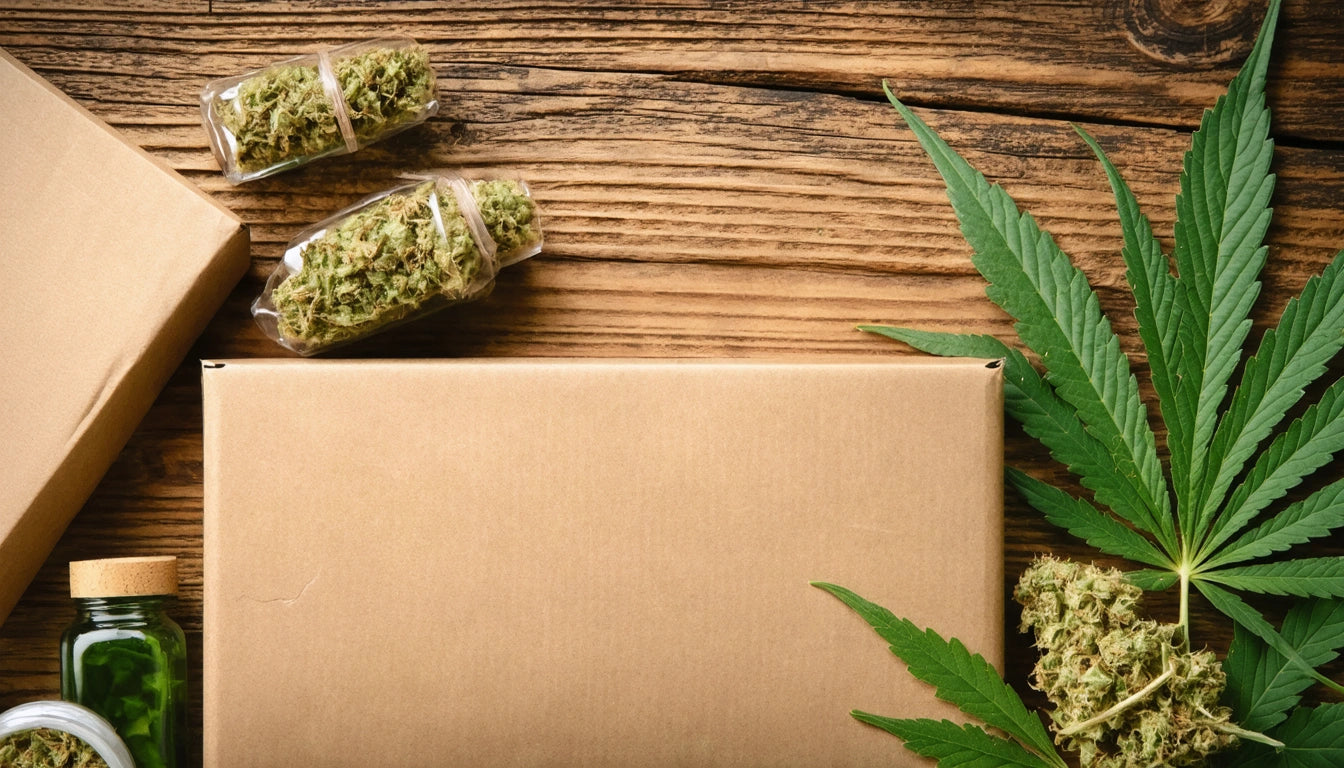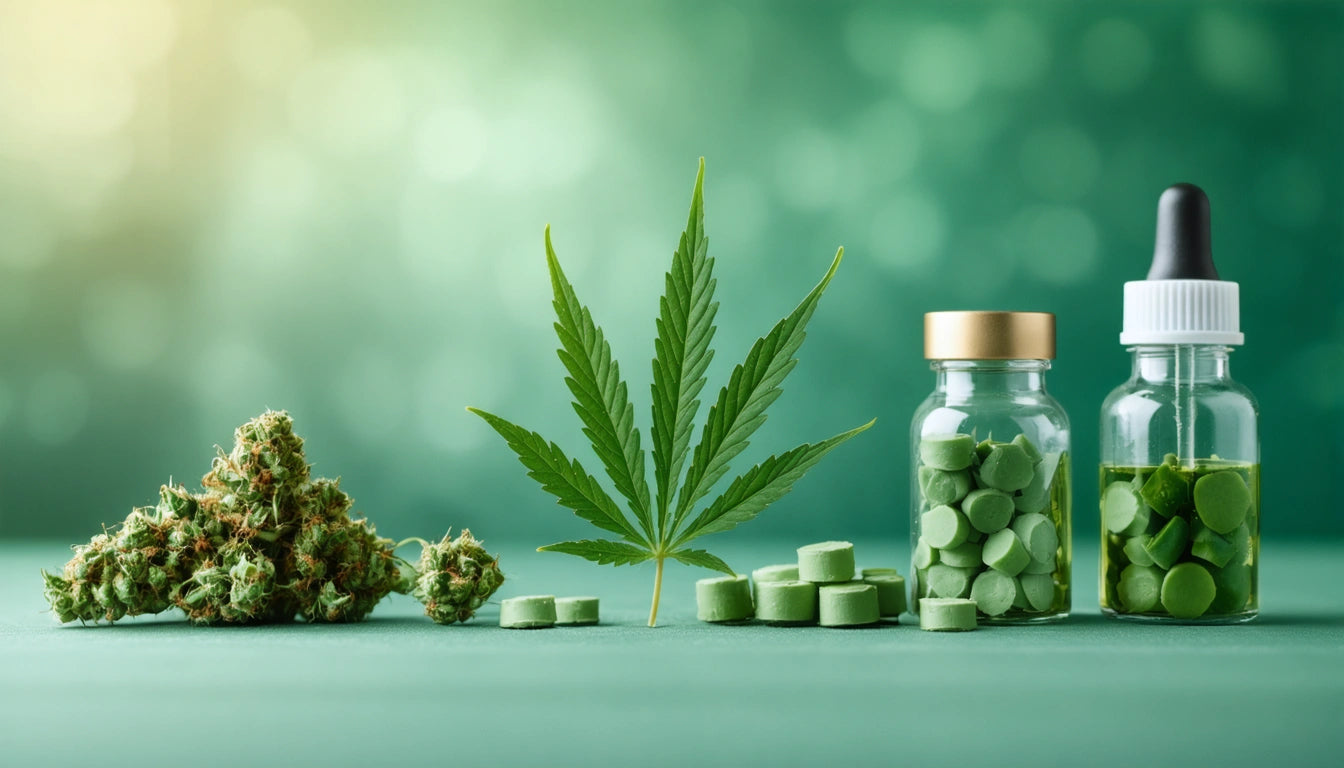Table of Contents
What Makes Hemp Packaging FDA-Approved?
Hemp packaging has emerged as an innovative solution for cannabis and hemp-derived product manufacturers seeking sustainable alternatives to traditional materials. However, navigating FDA approval for hemp packaging requires understanding specific regulatory frameworks that ensure consumer safety while supporting environmental goals. This guide explores the key factors that contribute to FDA approval of hemp packaging and how brands can maintain compliance.
FDA Requirements for Hemp Packaging
The FDA evaluates packaging materials based on their safety for intended use, particularly for products meant for human consumption. For hemp packaging to receive FDA approval, it must meet several critical requirements:
- Food Contact Safety: Materials must be safe for direct contact with consumable products
- Chemical Leaching: No harmful substances can migrate from packaging to product
- Structural Integrity: Packaging must maintain stability throughout the product lifecycle
- Child-Resistant Features: Where applicable, packaging must prevent unauthorized access
According to this detailed guide on hemp packaging approval, manufacturers must submit comprehensive data demonstrating that their hemp-derived materials meet these standards before receiving authorization.
Food Contact Safety Standards for Hemp Materials
For hemp packaging to be FDA-approved for food contact, it must comply with Food Contact Substance (FCS) regulations. These regulations ensure that materials used in packaging do not transfer harmful components to the products they contain.
Testing Requirements
Hemp packaging undergoes rigorous testing procedures including:
- Migration testing to evaluate chemical transfer potential
- Toxicological assessment of all components
- Stability testing under various environmental conditions
The growing demand for sustainable packaging solutions has led to innovations in hemp-based materials that can meet these stringent requirements while offering environmental benefits, as explored in this article on hemp-based plastics.
Child-Resistant Features in FDA-Approved Hemp Packaging
For cannabis and hemp-derived products, child-resistant packaging is often mandatory. Hemp packaging seeking FDA approval must demonstrate effectiveness in preventing access by children while remaining accessible to adults, particularly those with limited dexterity.
These requirements are outlined in the Poison Prevention Packaging Act (PPPA) and enforced by the Consumer Product Safety Commission (CPSC) in coordination with FDA guidelines. Many manufacturers now offer specialized cannabis packaging options that combine hemp-based materials with child-resistant closures to meet both sustainability goals and regulatory requirements.
Labeling Requirements for Hemp-Packaged Products
FDA approval extends beyond the physical properties of hemp packaging to include labeling requirements. Products packaged in hemp materials must adhere to specific labeling guidelines:
Required Label Elements
- Product identification
- Net quantity
- Manufacturer information
- Ingredient list (for consumables)
- Warning statements
- Usage instructions
For hemp-derived THC products, additional labeling considerations apply, as detailed in this guide to labeling hemp-derived THC products. Proper labeling ensures consumer safety and regulatory compliance while providing necessary product information.
Balancing Sustainability with Compliance
While sustainability drives interest in hemp packaging, manufacturers must balance environmental benefits with regulatory compliance. This balance requires addressing several key considerations:
Material Composition
Pure hemp materials may not always meet FDA requirements for certain applications. Many FDA-approved hemp packaging solutions incorporate blended materials or treatments to enhance performance without compromising safety. The question of whether hemp packaging is truly sustainable is explored in this analysis of hemp packaging sustainability.
Manufacturing Processes
FDA approval considers the entire manufacturing process, including any chemicals or treatments used to convert raw hemp into packaging materials. Manufacturers must document these processes and demonstrate their safety.
Comparative Analysis
When evaluating options, many brands conduct comparative analyses between hemp and other sustainable materials. This comparison of hemp versus PLA provides insights into how different plant-based materials perform in packaging applications.
Implementation Strategies for FDA-Compliant Hemp Packaging
Implementing FDA-compliant hemp packaging requires strategic planning and careful supplier selection. Brands seeking to adopt hemp packaging while maintaining regulatory compliance should consider these approaches:
- Work with established suppliers who have experience with FDA approval processes
- Request documentation of compliance testing and certifications
- Consider hybrid solutions that combine hemp with other approved materials
- Develop a scalable supply chain that can grow with demand
- Implement quality control measures to ensure consistent compliance
Building a reliable hemp packaging supply chain is critical for long-term success, as outlined in this guide to scalable hemp packaging supply chains.
As regulations evolve and consumer preferences shift toward sustainable options, hemp packaging continues to advance in both compliance capabilities and market adoption. Brands that understand the regulatory landscape can leverage hemp packaging to meet both legal requirements and sustainability goals, positioning themselves advantageously in an increasingly eco-conscious marketplace.











Leave a comment
All comments are moderated before being published.
This site is protected by hCaptcha and the hCaptcha Privacy Policy and Terms of Service apply.